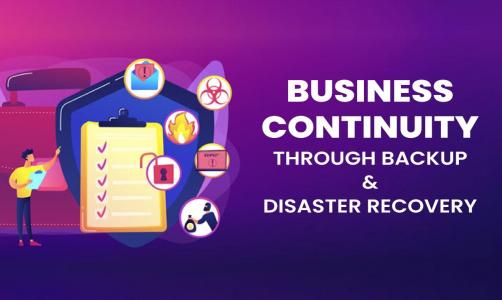
Digital transformation is the process of using emerging technology to develop new business processes, culture, and consumer experiences Digital transformation is a reimagination of industry in the digital age.
Companies of all sizes are moving towards cloud computing. That means evolving from old infrastructure to today’s more sophisticated, intelligent, and multi-cloud offerings. While we can all benefit from the myriad of solutions at affordable solutions. It can lead to confusion, complexity, and, in some cases, disastrous consequences. it's an ongoing process.
Digital transformation helps businesses to streamline the process, reduce cost, increase agility,
and can directly impact customer experience with a competitive advantage.
Digital Transformation Services
It goes beyond traditional roles, such as sales, marketing, and customer service. Alternatively, the digital transformation begins and finishes with the way you think about consumers and involve them. When we switch from paper to spreadsheets to smart apps to run our companies, with digital technologies on our site, we have the ability to re-imagine how we do business — how we engage our customers.

Level I
Breakthrough technologies such as AI and the Internet of Things (IoT) are maturing and becoming
more available and affordable. Such innovations are being leveraged by digital leaders to enhance
customer experience, boost profitability and gain competitive advantage.

Level II
Leverage in-depth information and creativity in the sector: no educational publisher is a nuclear
power station.

Level III
Integera has a realistic mentality. We are building a digital strategy around six key initiatives
–
aimed at speeding up time to value. This covers strategy and innovation for leadership development
and delivery of results.


Cyber Resilient
Cyber resilient is a critical counterpart, not the reverse, to cyber security. Rather than
function as a contrast to the definition of security, it is more fitting to see cyber resilient as
a contrast to an older security methodology: the 'castle approach.' Where this approach style
aimed only to build defensive walls, cyber resilience approaches are designed to deal with
breaches as effectively as possible when they occur.
A proactive approach to cybersecurity should not be a cynical one. The solutions of Integera must
also be built to mitigate the possibility of first-place risks. No solution can respond to any
threat, online as well as physical, though. Resilient approaches understand this fact and include
ways to minimise the effect of a breach.
Engagement Models
Cyber resilient is a critical counterpart, not the reverse, to cyber security. Rather than
function as a contrast to the definition of security, it is more fitting to see cyber resilient
as a contrast to an older security methodology: the 'castle approach.' Where this
approach style aimed only to build defensive walls, cyber resilience approaches are designed to
deal with breaches as effectively as possible when they occur.
Our Solutions

Cyber resilient
Cyber resilient is the capacity to plan and respond to cyber-attacks and to recover. This helps to
protect an enterprise from cyber threats, protects against and reduces the frequency of attacks and
guarantees its continued existence after an attack.

Future workforce
We are undergoing a profound transformation in the way we function. Automation and 'thinking
machines' replace human activities, altering the abilities that companies pursue within their
employees. But what will become of the future? It's not a time to sit back and wait to see
things unfold. You must recognize it, to be prepared for the future.
Our Technology Partners
Latest articles to drive Business strategy











